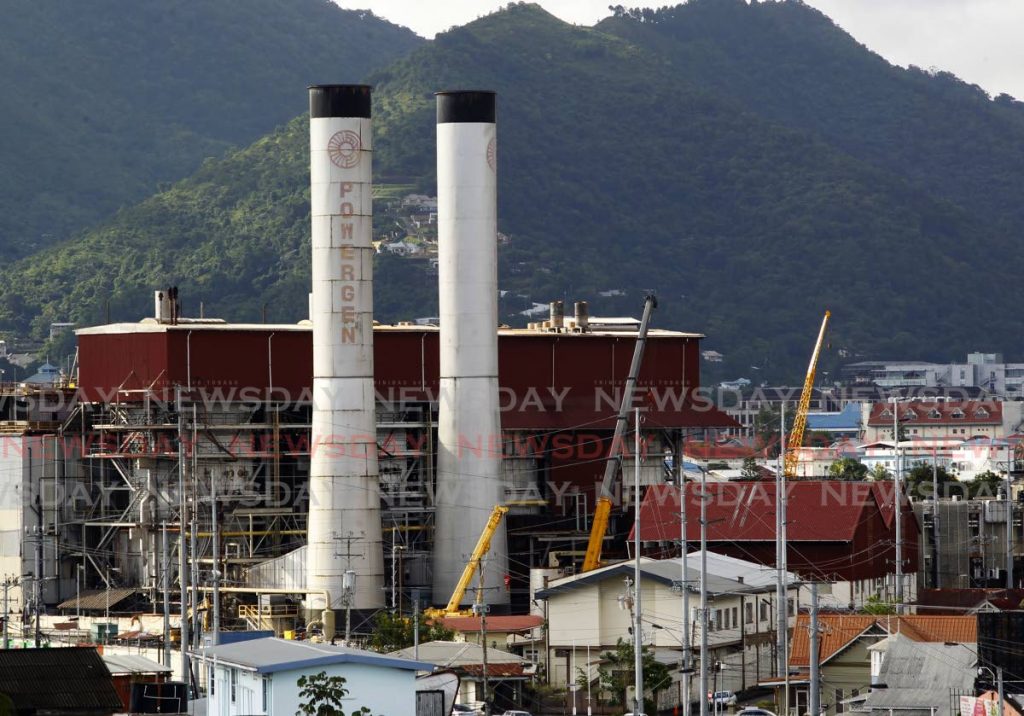And then there were two

I saw a story come up on the nightly TV news last month about the four historic Powergen stacks being taken down, I expected quite a different report from the one the editors thought was right. On Thursday evening last week the same evening news reported that two of the towers were now things of the past.
The question is, why is that news? The editors had some notion about it but failed to fully engage with the story, turning it into a non-news story. It was a titbit of no significance and, frankly, not worth the air time, apart from being a curiosity. If they had gone a bit further and asked themselves why it was worth reporting, we would have had a matter, indeed, worthy of public concern. If I were ever again to teach a journalism course I would use that as an example of a wasted opportunity to inform and educate the people of this country.
What was the point of Powergen celebrating the dismantling of such an important part of our industrial history, which it itself describes as “iconic”? What was the subtext of a special “Farewell to the Silver Sentinels of Port of Spain," a three-day “tribute light show,” when what was really taking place was an act of barbarism against our people?
Everyone may have been so dazzled that they could not see beyond the carnivalesque spectacle, the sort of act that a clever J’Ouvert masquerader would ridicule and a good editor would push a reporter to interrogate. There was an agenda, set by whom, and with what objective?
Our media, apparently, found nothing worth interrogating in why, when in every city around the world that possesses an “iconic” building of more than curiosity value, its guardians list it and put it at the heart of any new development, integrating it into the overall design and so offering continuity, showing people the value of the past and how it determines and relates to the present.

There are umpteen examples of this in major cities. One of the best is the much admired Tate Modern art gallery on the banks of the River Thames in London. It was due for demolition as part of the urban regeneration of that part of southeast London, which was a wasteland.
By keeping the high brick tower of the former Bankside power station as the commanding centrepiece of the development and creating a home for the British national modern art collection, with regular exhibitions of international contemporary art, planners drove business and Londoners to the area.
Then they built a walking bridge across the river from the Tate to the famous St Paul’s Cathedral and drove those tourists to the Tate. The gallery is surrounded by modern housing, offices, restaurants and retailing, and attracts millions of people annually to a once derelict part of the city.
The Battersea Power Station is another example. It, like ours, has four towers that are visible from very far away, and will form part of a mixed-use site that includes homes, shops and offices.
The Powergen stacks were extremely special and should never have been dismantled. They represented a unique, unbroken thread of our urban industrial history. When they go, part of Port of Spain goes too. For 121 years that plant was a major power source for Trinidad and over the last three generations those power stacks were important landmarks of our capital city, a point of geographical orientation.
When I was a child, before a fridge was an everyday household appliance, my parents drove to the plant on a weekend, parked opposite Lapeyrouse Cemetery, and entered the compound through some iron gates to go to the adjacent Furness Ice Factory. I remember my amazement that a big building could produce such a thing, and the challenges of getting the ice home from the ice factory, often wrapped in jute bags, since plastic bags were not ubiquitous either at that time.
The ice factory is now an ugly car park and the whole site will stand there, a gaping hole, for years, waiting for some new creation to replace it.
Powergen officially closed the plant on Wrightson Road in 2016 and the stacks are now coming down, five years later. What happened in between, apart from consulting local residents and completing the removal of hazardous materials? We can only imagine that there was a toss-up, possibly with Powergen and the government, over the fate of the site, and the government won. Apparently, the site is part of the urban regeneration scheme for Port of Spain and will include a car park, commercial and residential spaces.
Nothing wrong with that, per se, but what sort of process would condone such philistine and short sighted action? TT has some excellent architects who could well have seen the value of keeping the stacks, repurposing them and lending a unique and valuable addition to our landscape. Is this another case of cock-up? If it is, it is more than a major wasted opportunity, it is entirely unforgivable.


Comments
"And then there were two"